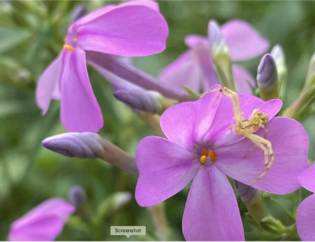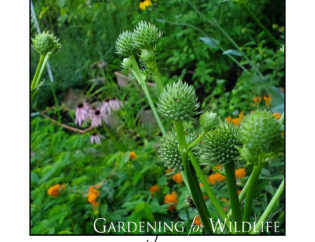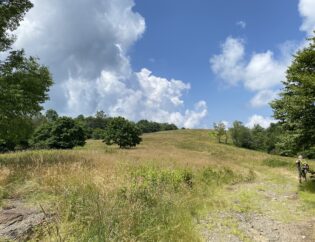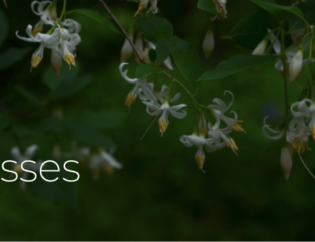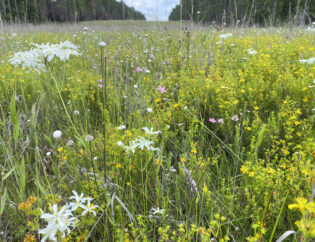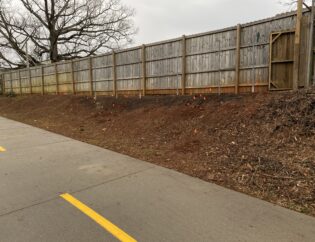
July 9, 2011
1 ½ inches of rain. Installed paper in front beds. 8 ½ feet wide by 167 feet long.
This post describes a passive method of killing weeds or invasive plants and setting up a planting area. It works pretty well as long as you do not till the ground after setting up the paper and mulch.
This year we have moved to using heavy brown paper with 4-6 inches of mulch or compost layered on top. As we are not tilling the beds, the weed-seed bank should stay mostly undisturbed. Dead woody debris is being used to hold the paper in place until the mulch can be layered on top. The wood will be left behind to serve as moisture and mycology “reservoir” as well as serving the gradual enrichment of the soil.
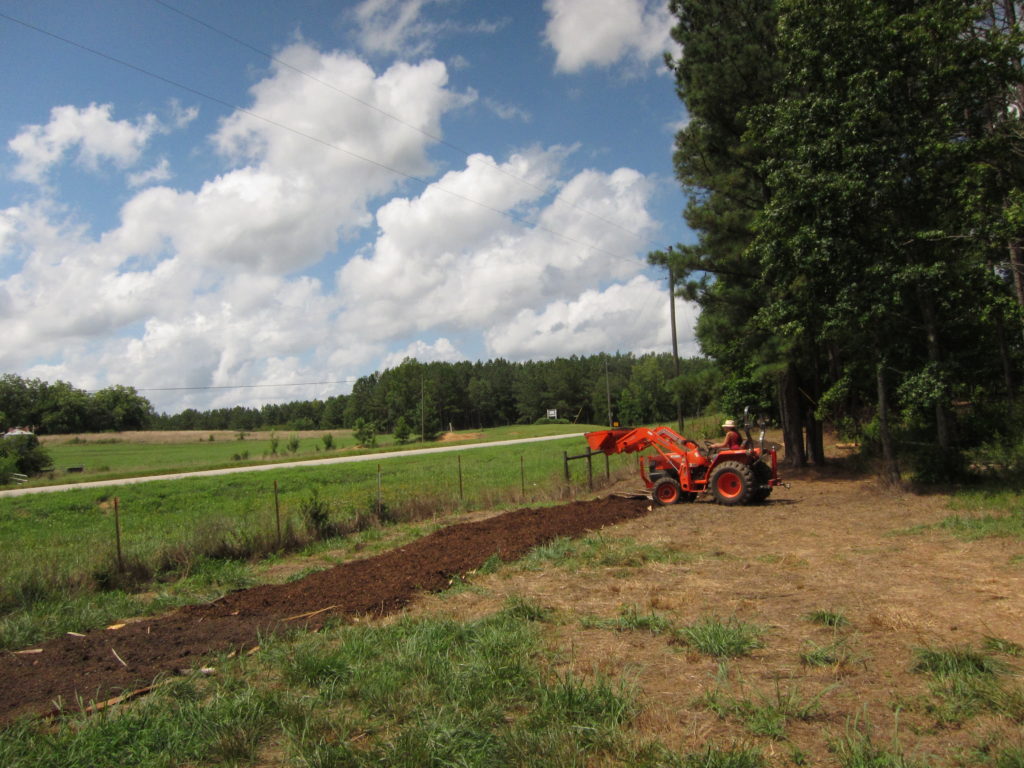
Although you can plant immediately after situating the paper and finished compost with this method, I prefer to let the paper and compost smother the weeds first, about 8 weeks to make certain. That way, when setting out the plants, weeds aren’t poking through the holes that are made by planting actvities. This method works well on forbes, plants that do not have perennial wooden stems or trunks. It has worked very well to control Lespedizia in the beds.
Please note: you don’t need a tractor to do this. You can use any uncoated paper to use as a weed block, newspaper is great, rolls of kraft paper work, as well as rolls of specialty paper made for this purpose sold by organic garden vendors
The previous year we used plastic to solarize the beds to rid them of weeds. The plastic became a problem. Not only is it expensive, but during the process of solarizing of course it has to stay exposed to massive amounts of UV during the hottest part of the year when the sun is it’s most intense. At the end of the solarization period, not surprisingly, the plastic was so brittle that it was virtually impossible to pick all of it up – it kept breaking apart in our hands. It was hours of additional work trying to get these tiny shreds picked out of the beds. The Lespedezia and sweet gum saplings were not completely eradicated by this method. I think their roots may have been too deep to have been fully cooked.
It takes about 2 months for the beds to be ready to prep for planting with the solarization method.
